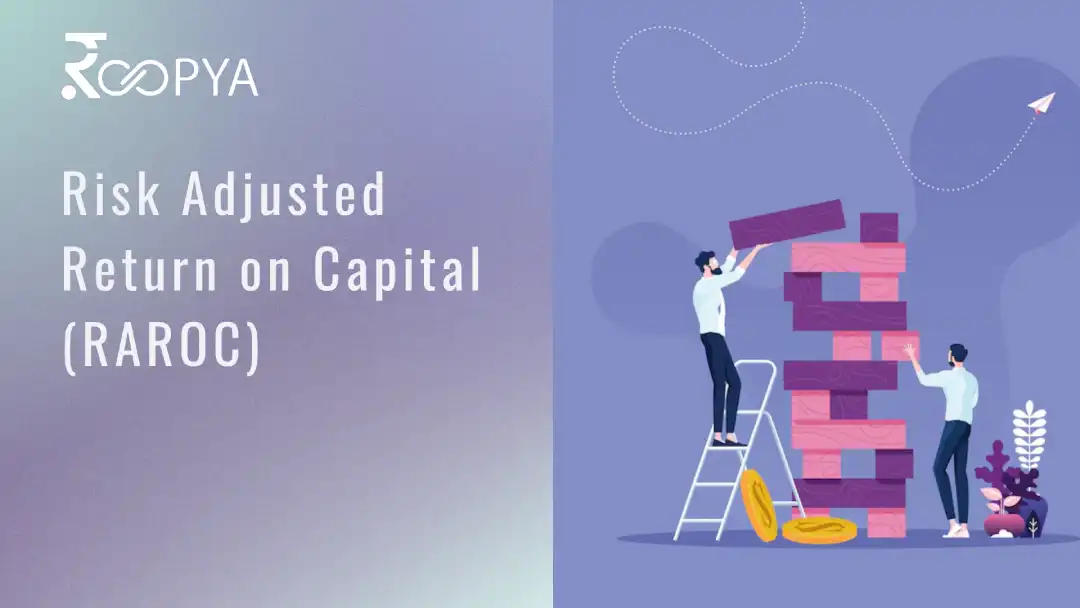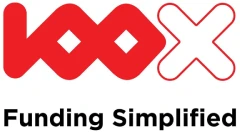Introduction to Loan Pricing and RAROC (Risk Adjusted Return on Capital)

Loan Pricing and RAROC or Risk Adjusted Return on Capital
Roopya Loan pricing models help financial institutions use to determine the cost to a borrower for providing a loan, encapsulating factors such as interest rates and fees. This pricing is closely tied to risk-based pricing, which adjusts the cost of credit based on the perceived risk of the borrower. A central concept within risk-based pricing is Risk-Adjusted Return on Capital (RAROC), a profitability metric that provides a standardized way to measure returns on capital while adjusting for the riskiness of the lending activities. RAROC enables banks to allocate capital more efficiently by pricing loans in a manner that seeks to optimize the return on capital, factoring in the credit risk, market risk, and operational risk associated with the loan. This approach ensures that riskier loans—those more likely to result in default—are priced higher to compensate for the increased risk, thereby aligning the pricing strategy directly with the underlying risk profile of the borrower.
Start Free Trial


